Written by Das Güd Spice Co. Owner Nick Trevino
I remember all the Louisiana-style hot sauces at seafood restaurants in Galveston, Texas back in the early 90s. The high vinegar content made them great for eating raw oysters jambalaya, etouffee, and gumbo. They weren’t overpowering, but seemed to provide a necessary flavor. I was super pumped when I first discovered Tabasco’s Jalapeño Pepper Sauce because it provided an even better flavor. I was familiar with Cholula and Tapatío as well, but never developed an appreciation for the cumin flavor in so many of the Mexican-style hot sauces. I remember going to New Orleans back then and seeing all the hot sauces in novelty stores in the French Quarter, and they all appeared to be the same sauce, but with a different name of which bodily function or anatomical part the buyer would have destroyed. It appeared to me that these were not serious sauces, of course, but just something funny to keep in your kitchen.
The story behind my first batch of hot sauce
I actually wanted to market a seasoning blend I had developed over the years from being in barbecue competitions. In 2015, I was all set to pull the trigger on doing just that, but I stumbled upon a YouTube clip of these guys having a blast making a batch of hot sauce. I never really knew how hot sauce was made, so out of curiosity, I followed their basic script and changed a few things up. The first hot sauce I made was a mango habanero blend and it was dreadful. I’m not sure what went wrong, but I knew two things – one, I did not enjoy pitting mangoes, and two, the creative possibilities seemed limitless.
I immediately went to the store to see what combinations I could come up with. I bought jalapeños, habaneros, Thai chiles, serranos, pineapples, blackberries, blueberries, raspberries, kiwis, just about anything I could get my hands on. I would make batches that were great and batches that were terrible. I made a pineapple habanero that was awesome. It was the most beautiful bright yellow you can imagine, and I was so excited that I had perfected my first sauce until about a month later when it started to lose its vivid color and turn an ugly shade of brown. It still tasted amazing, but I thought to myself, “I don’t think even Steve Jobs could successfully market a brown Pineapple hot sauce,” so I scrapped it and went onto something else because I didn’t want to add preservatives to keep the yellow color.
I made a raspberry habanero hot sauce that had amazing flavor, but after a week in the refrigerator grew a lovely fur coat that would make Zsa Zsa Gabor envious. I knew something went terribly wrong and that I wouldn’t be in business long selling Botulism in a bottle, so I read up on the pH levels needed for shelf stability and how to adjust the levels using vinegar and citric acid. After monkeying around with different types of vinegar, citrus fruits, salt, etc., I made my very first successful hot sauce – Blueberry Habanero. It was great and had a syrup-like consistency so that it would adhere to food. It’s still one of our best sellers and probably my favorite.
When I took the leap of faith to start Das Güd
As a health care IT project manager in my 9-to-5, I knew I didn’t want to do it for the rest of my life. It is a particularly unfriendly and callous industry, but one that has been very good to me throughout my career. I know that when I eventually reach retirement age, I am not going to be able to sit on my ass all day. I am restless by nature and need to stay busy. You ask anybody who knows me and the first thing they will tell you is that I have moved between California and Texas 20 times. Well, the actual number is 8, but still – that’s more than anybody I know of. I want to grow this business into something I can pass on to my children if they decide it’s something they would like to do at some point.
Some early lessons learned making hot sauces, scaling, and starting my business
I came up with many kinds of blends and would take samples in disposable 2-ounce Solo ramekins to my friends at the golf course I frequented in San Clemente, California, but I quickly learned that it is nearly impossible to get a genuine critique from a friend because most people aren’t comfortable being critical of a friend’s hard work, so I decided to start having a vendor booth at food events for more accurate reviews. However, at these events such as ZestFest in Irving, National Fiery Foods Festival in Albuquerque, Austin Chronicle Hot Sauce Festival, Texas Hot Sauce Festival in Houston, or any place you can provide samples to people, it does not translate to sales in stores. For example, when people can sample our Chipotle Mustard Barbecue Sauce, we are not able to keep it in stock because people like it so much, but at the GoTexan Pavilion at the State Fair of Texas, it was our worst-selling product because people were not able to sample it. At face value, most attendees did not find much interest in the product. That event provided a more accurate depiction of what will likely sell better at a grocery store based on nothing more than the label and/or word-of-mouth.
Spend the money on good branding development. I hired an amazing Cal State Fullerton professor named Cheryl Savala to help me develop my branding. You can have the best product in the world, but if your branding is lame, few people will be drawn in to buy it unless it is something they are looking for. It is extremely important to capture the curiosity of potential customers. Conversely, you can have amazing branding, but if your product isn’t any good, you lose repeat business. There have been countless products I’ve purchased simply because the label was interesting to me, only to throw it out after one bite because I didn’t like the flavor. This is why tasting events are so important so you can gauge peoples’ reaction to your product.
Meet others in the industry and lean on them for their expertise. I can’t tell you how many times I have picked up the phone and called Mike Valencia of Mikey V’s for advice or direction. He is one of the nicest, most helpful guys I have ever met and I cannot thank him enough for the advice he has provided me over the years, whether it was regarding pricing strategies, vendor recommendations, can’t-miss events, or anything else I was unclear on.
Lose the dead wood. If you have a product that doesn’t sell, move on. You will have products that you or your friends absolutely love, but if they are not selling, why keep them? Focus your efforts on what is working for you. Learn what the 80/20 rule is and apply it. It is extremely likely that 80% of your sales are made from 20% of your products.
Don’t grow beyond your means. It is very possible to grow so fast you cannot keep up with demand. For example, if you happen to land a big order for 10,000 cases of hot sauce, do you have $200,000 laying around to have that order fulfilled? If you cannot fulfill the order, that customer will likely not give you another chance for their business.
Get help to run your events. The very first Austin Chronicle Hot Sauce Festival I attended, I drove there from Dallas and worked it by myself. HUGE mistake. I believe someone at The Austin Chronicle studies The Farmer’s Almanac and figures out what the hottest, most humid, uncomfortable Sunday in Austin will be each year and schedules the event for that day. I literally almost died. It was 104 degrees and extremely humid during the event, which lasts about 6 hours or so. I drank water all day long and had sweat out my needed nutrients. After the awards, I went into a full body cramp on the floor of my booth. I was rendered useless and some old gentleman had to completely break down my booth, haul it all to my truck and load it. I sat there in the truck for 2 hours with the A/C running before I was well enough to drive. In hindsight, I probably should have gone to the hospital. Learn from my mistake and do not ever attempt to work that event solo.
One of my most memorable WTF is happening moments with my hot sauce company
One of my most memorable moments was at the 2019 National Fiery Foods Festival in Albuquerque where I decided to sample somebody’s Carolina Reaper hot sauce. At first, it was okay – not that big a deal. Then the gentleman who served it to me started to engage me in conversation. It was at that moment I lost all feeling above my teeth. I felt sweat beads starting to creep down the back of my neck and I think my esophagus began to vibrate. I must have started to hallucinate, because I developed walleye vision. At this point I haven’t understood a thing he has said in the last 5 minutes because my ears were ringing with what sounded like my neighbor’s leaf blower. This guy keeps talking to me and I’m trying not to be rude because I am focused on breathing. I’m worried that I’m going to swallow my chin and doing my best to avoid going into hot sauce shock. It took me about 20 minutes to recover from that experience. This is probably why we don’t really venture into the super-hot category with our products. I may be in the minority, but when I try a sauce made with Ghost Peppers, Reapers, or Scorpion Peppers, I cannot taste the food I put it on – all I taste is heat. Our philosophy since day one is to be flavor first and to enhance the taste of the food you’re eating – not overwhelm it. It’s easy to mask a bad-tasting hot sauce by using 12 bajillion Scovilles because nobody can tell it has bad flavor. You could pour that on an omelet or you could pour that on some day-old fish planks you found in a dumpster behind Long John Silver’s and they will probably taste about the same.
A little more about the craft hot sauce scene in Texas
Hot sauce is wildly popular here in Texas and there are many of us craft hot sauce companies. We all know each other and have a lot of fun at the different events throughout the year. What we need is another big event late March though, so that it’s late enough to miss most late-season cold fronts and early enough to not be cooking-with-Satan hot outside.
The why and who behind Das Güd
I make hot sauce because the creative options are limitless. I enjoy seeing the look on people’s faces when they enjoy something I have created. I will work countless hours on even the smallest details to get something perfect. I just notice things other people don’t, but maybe that’s what happens when it’s your company. At the 2018 Fiery Foods Festival, we were setting up our booth and my friend Jeff said to my friend Tony who was hanging one of our banners on the backdrop, “It doesn’t matter where you hang it – Nick’s gonna come re-do it anyway…” and he was right. I’m very OCD when it comes to straight lines, consistency, and things out-of-place.
Some advice for hobbyists that interested in starting or scaling a hot sauce company
Please do your research with regard to food safety and shelf-stability. Botulinum is not a hot sauce variety you want to serve.
If you plan on scaling your company, hire a co-packer to manufacture your product for you. I used to think I would enjoy waking up and spending my day in the kitchen making a batch of hot sauce. Yes, it is fun for awhile and I recommend you do it to see what is involved in the process, but it becomes quickly evident that you are missing out on valuable time you could spend marketing your products, researching events, and meeting potential retailers. It takes a lot of time and effort to source equipment, ingredients, bottles, caps, shrink, and labels. Then you have to clean and store it all. And your cuticles take a beating. No thank you. It’s worth every penny to have someone else do that for you. I recommend using a good fulfillment service as well, because packaging product to ship out is a pretty time-consuming and involved process. Outsource what you can and still earn a profit.
Make yourself ever-present. By that, I mean do the annual events each year to the point that people expect to see you there. Soon, that alone will generate buzz for your products.
Keep your label simple. So many companies make the mistake of adding too many graphics to their label. You want a brand that stands out and is unique. I ended up changing our labels this summer because a competitor pointed out to me that our labels were looking a little too similar to theirs and while it was unintentional, they were absolutely correct. You want to make sure your label is uniquely identifiable to your product and not someone else’s, because it creates confusion and could even generate animosity with the fans of other products.
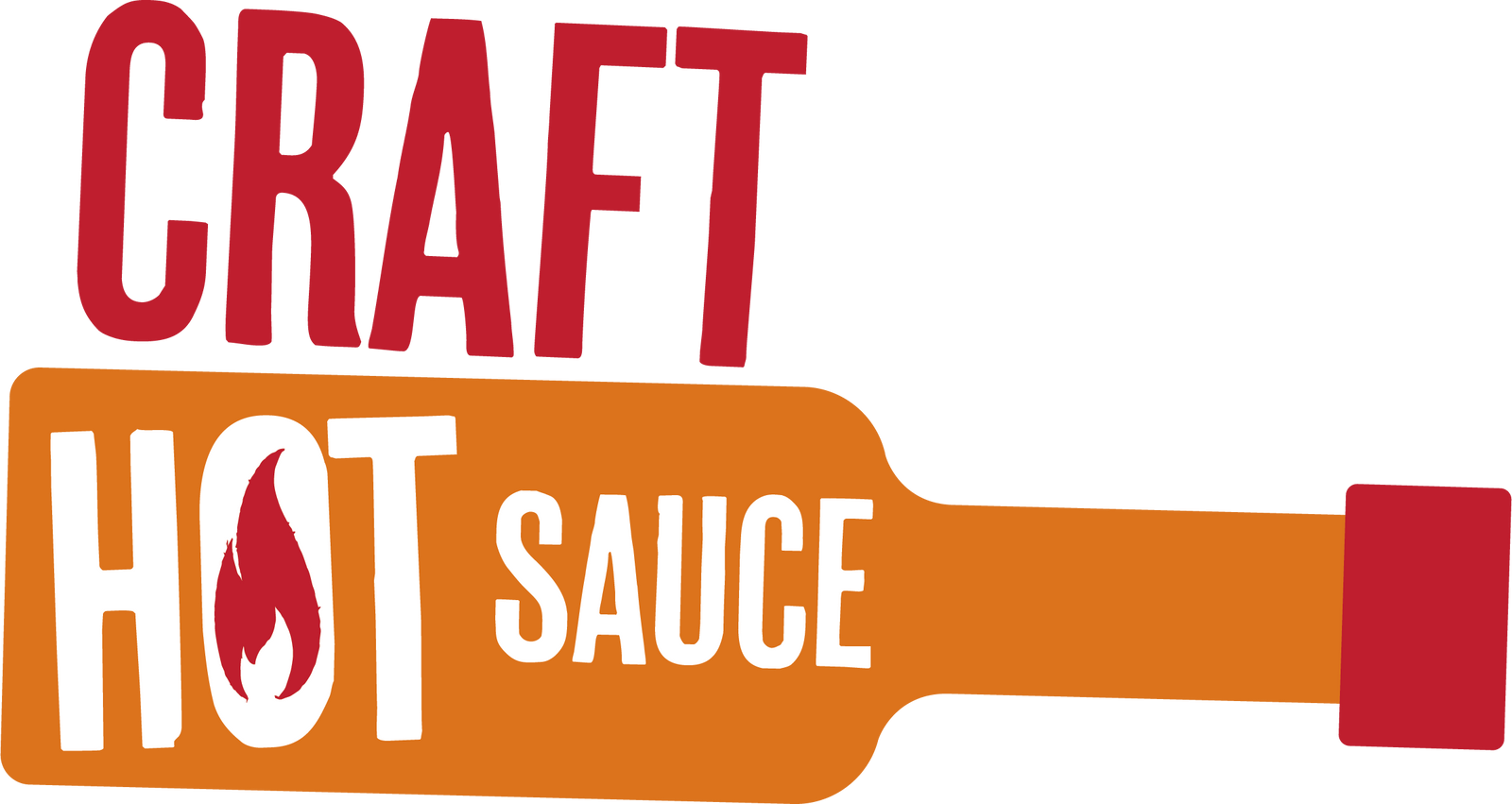

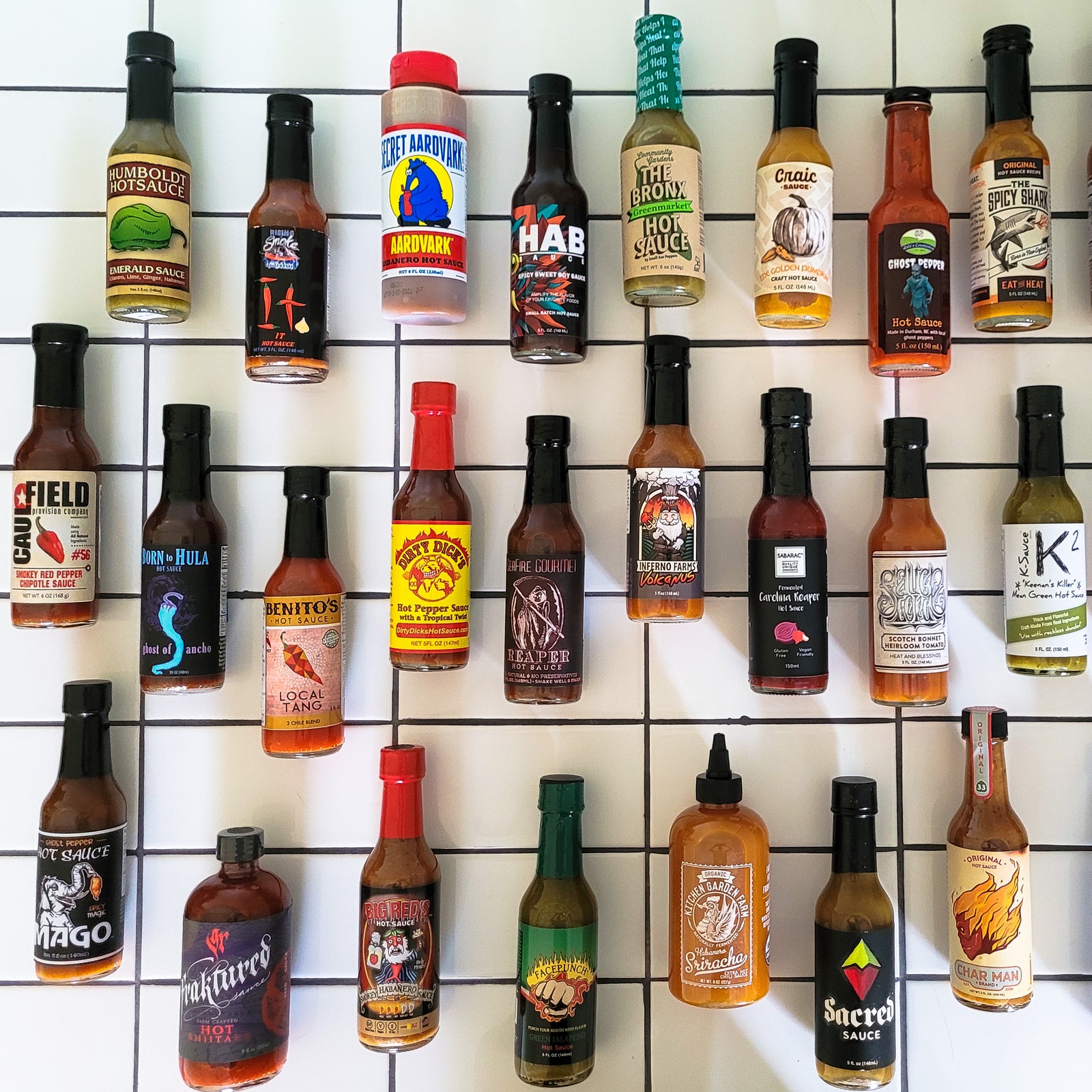
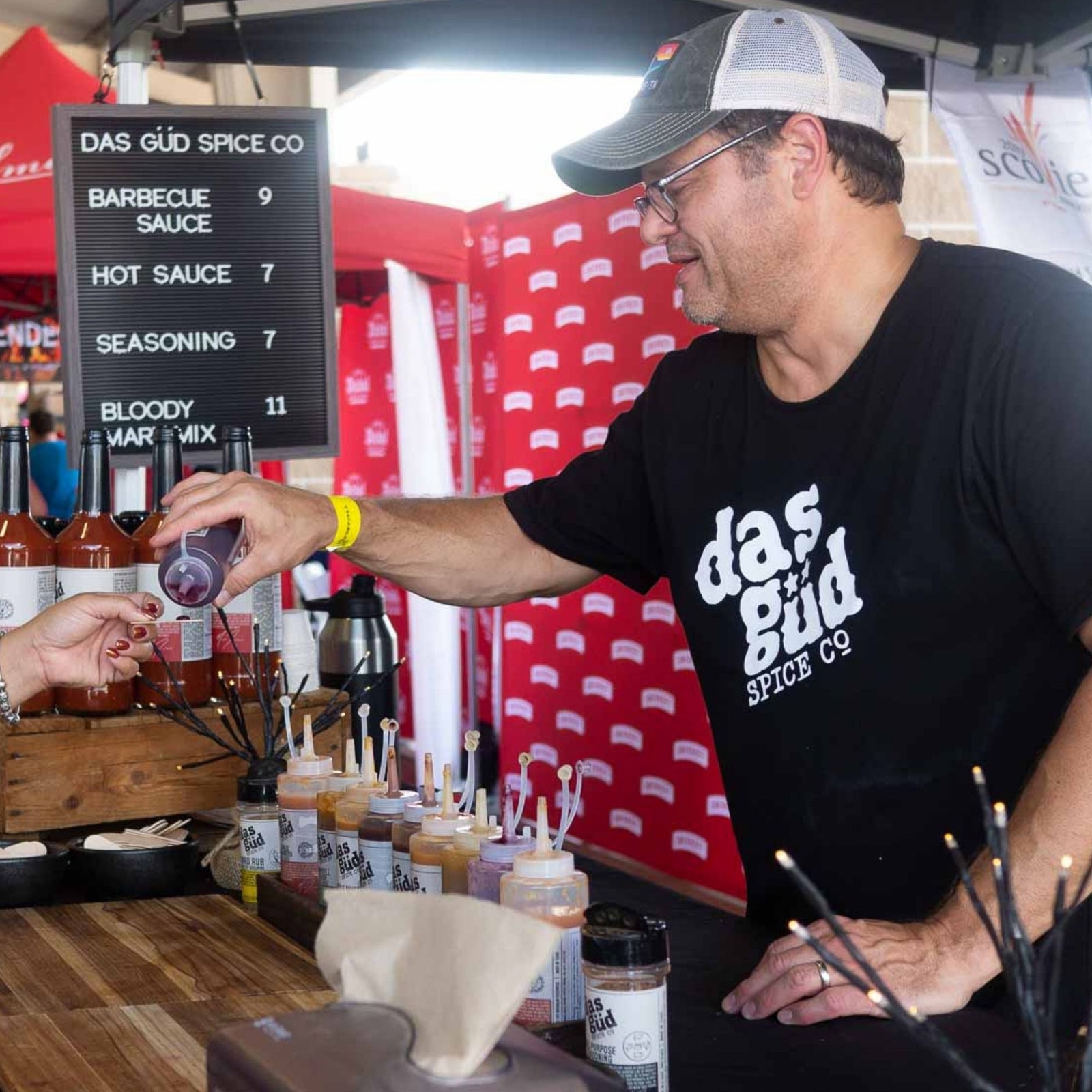
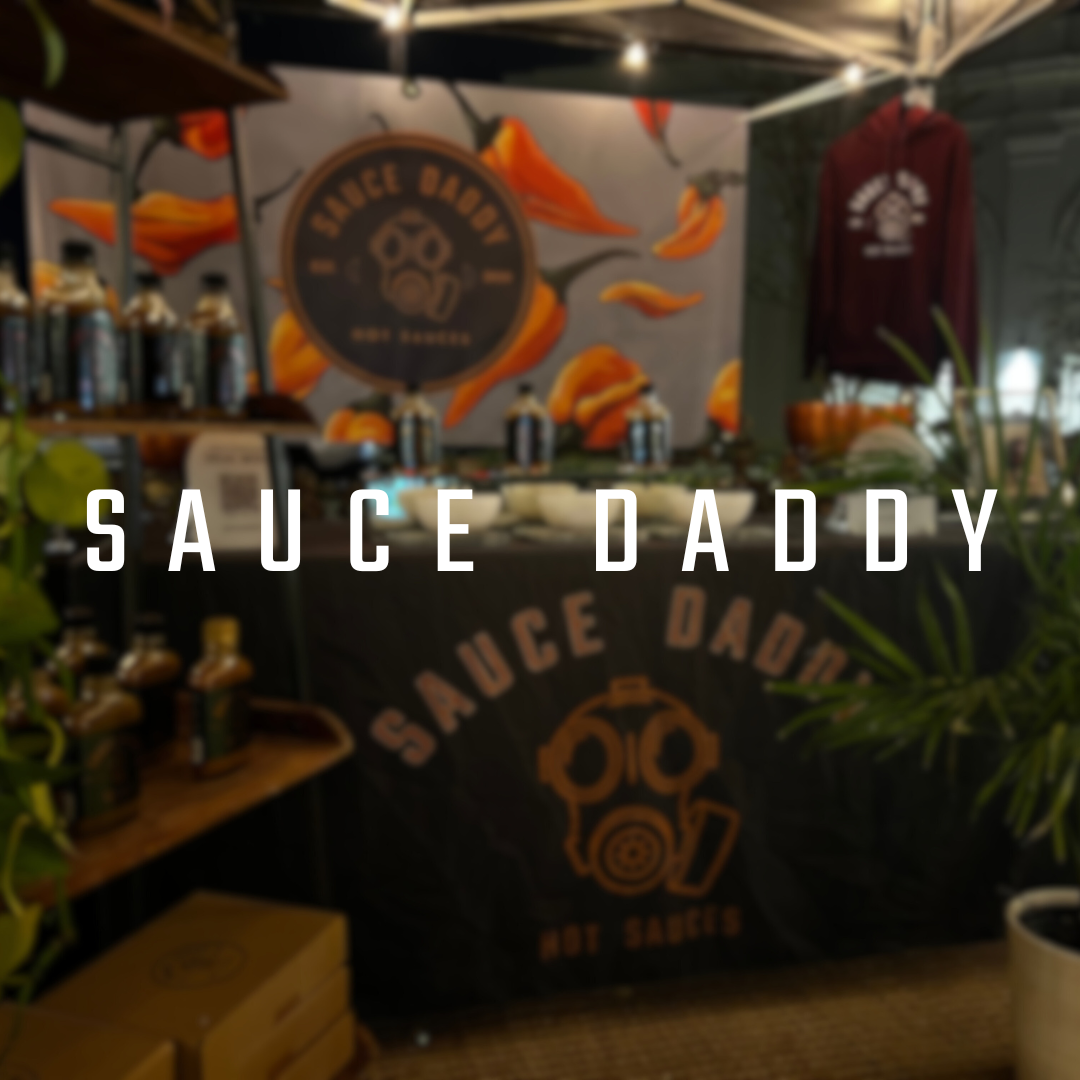

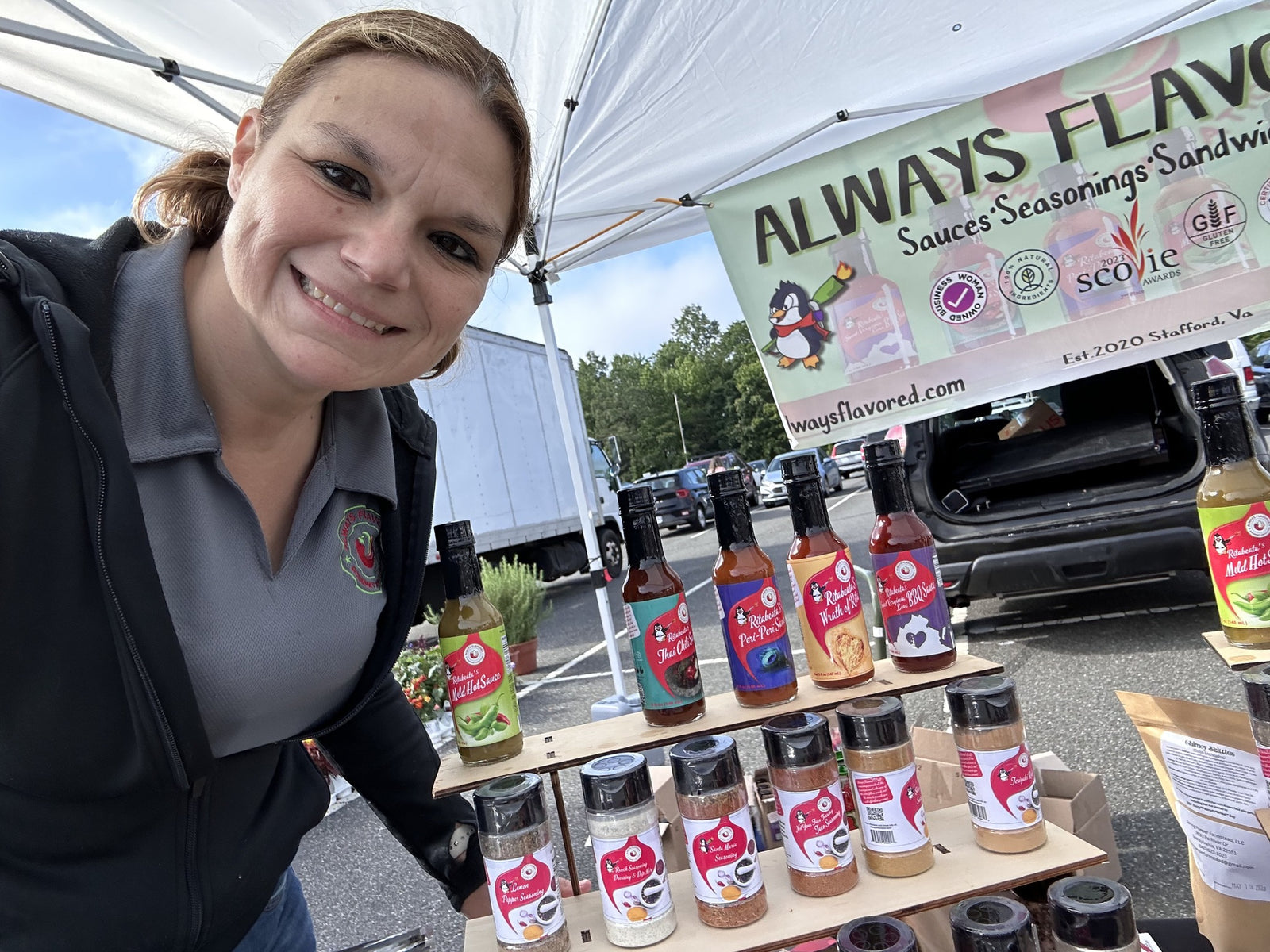
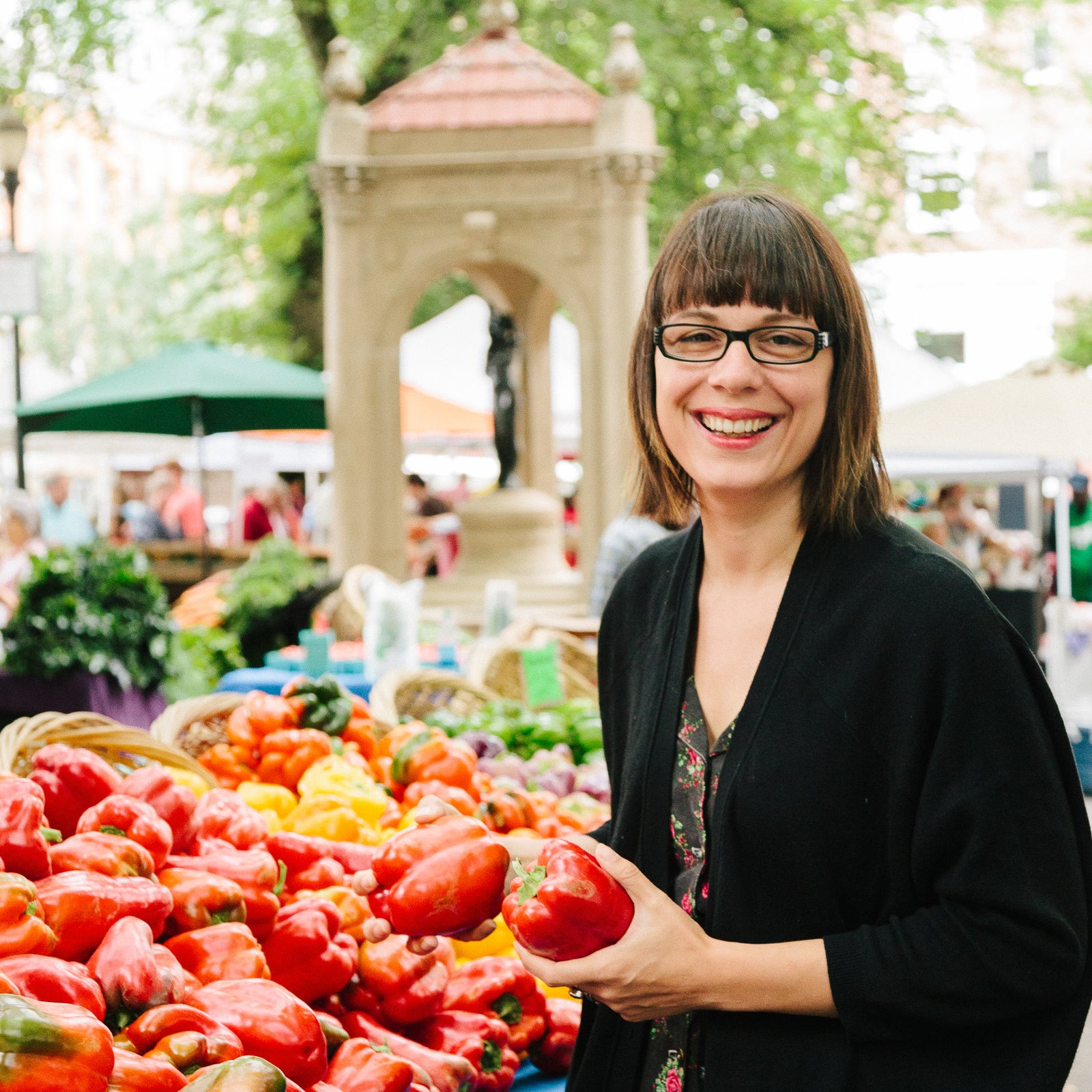
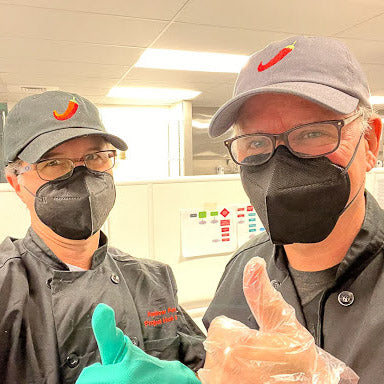
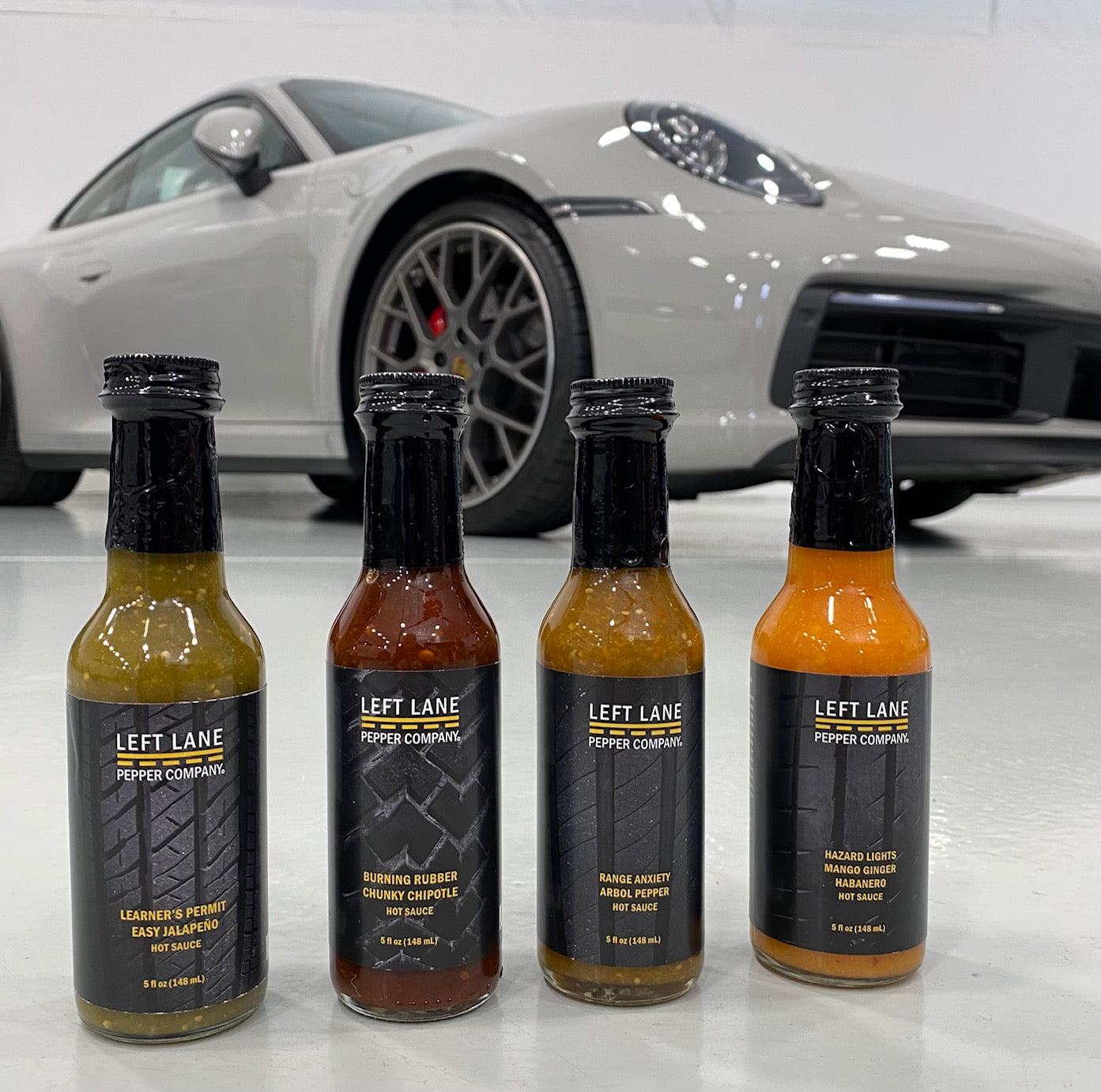
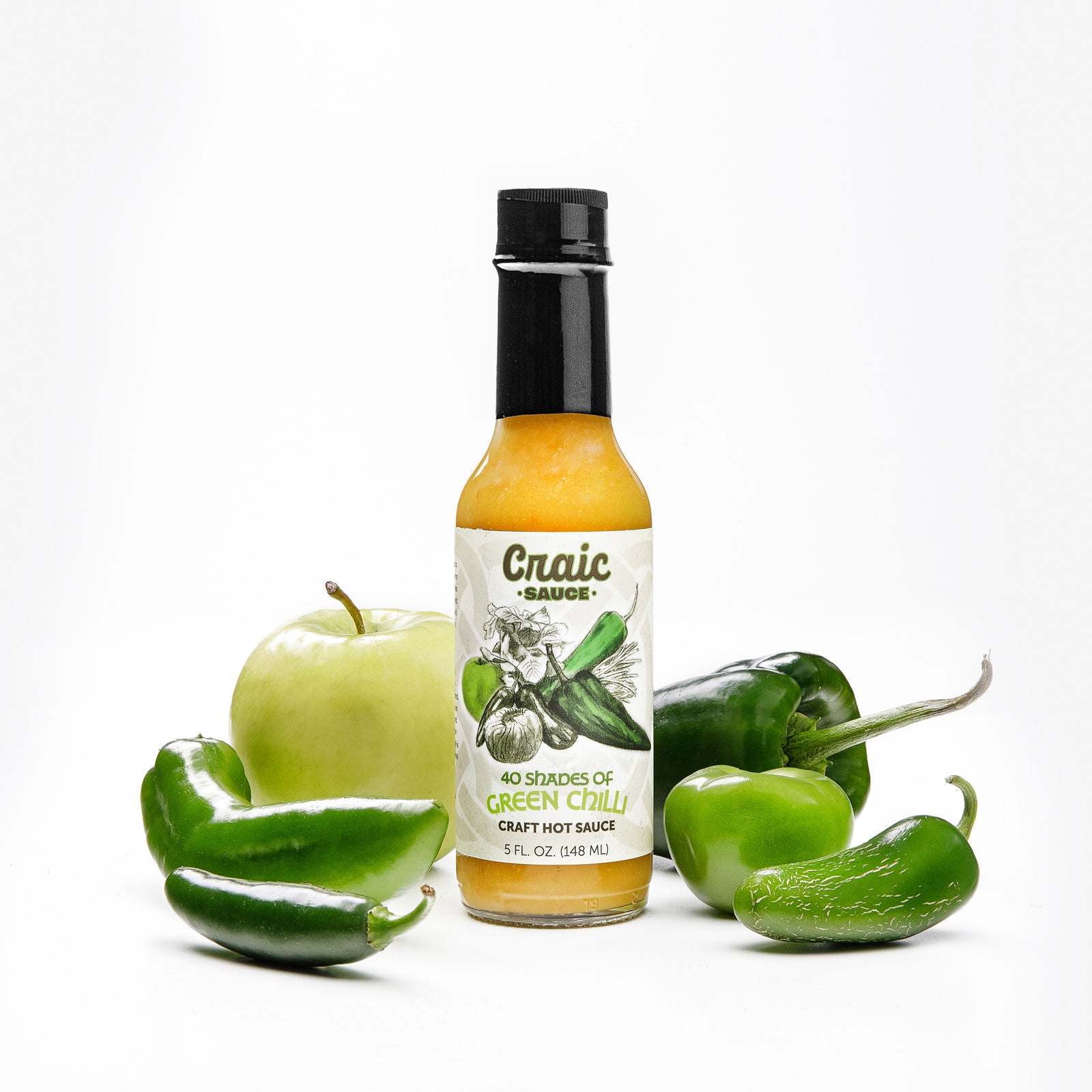
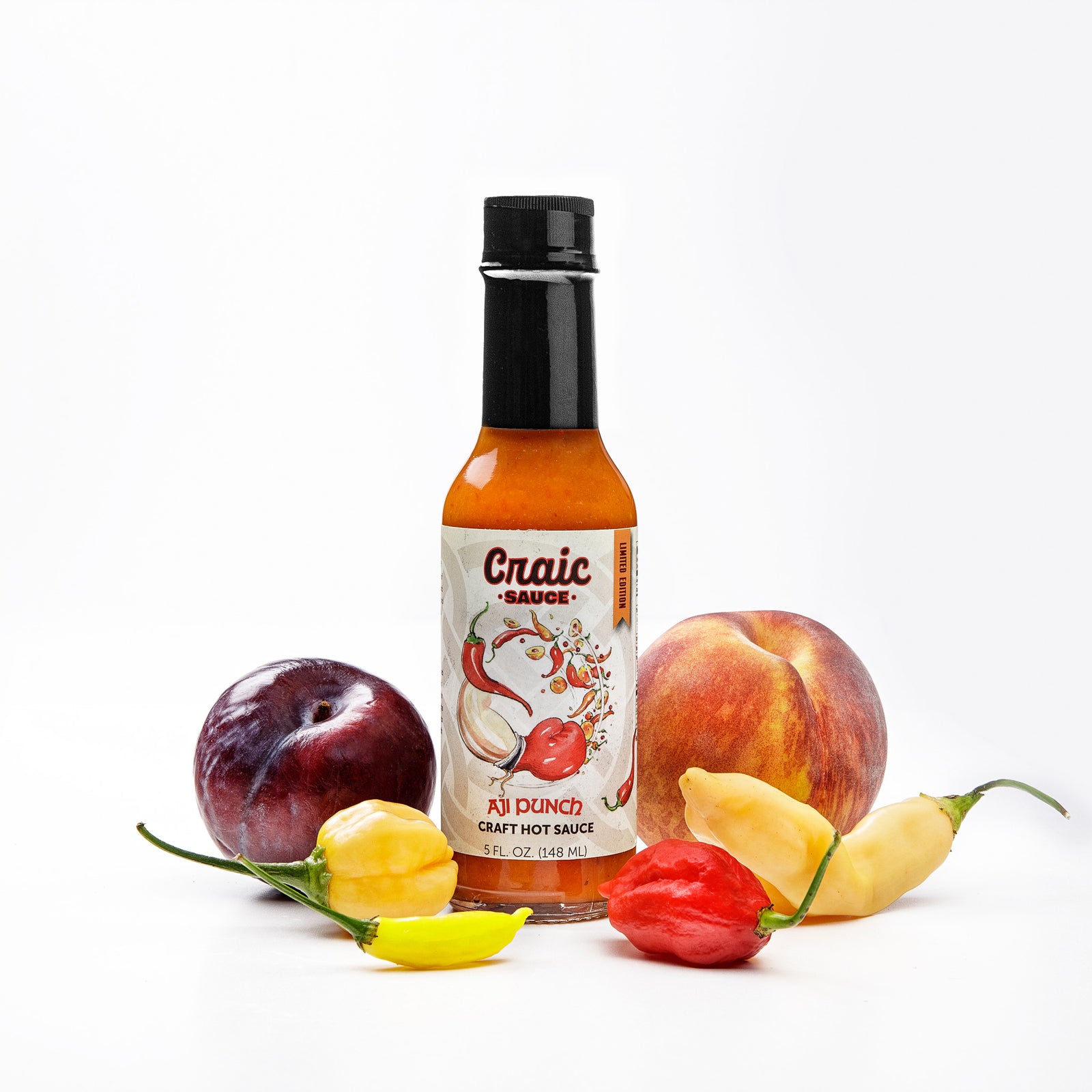
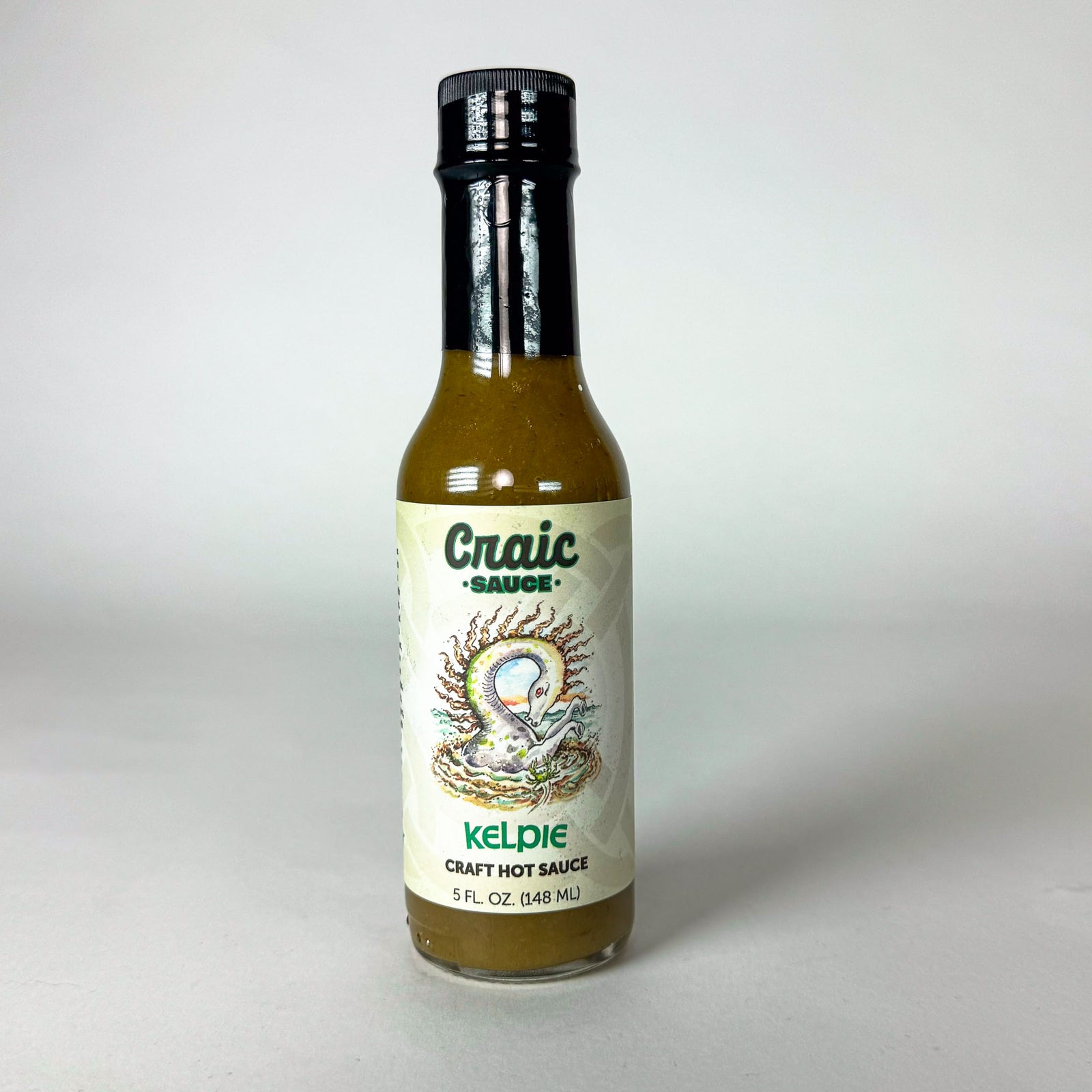
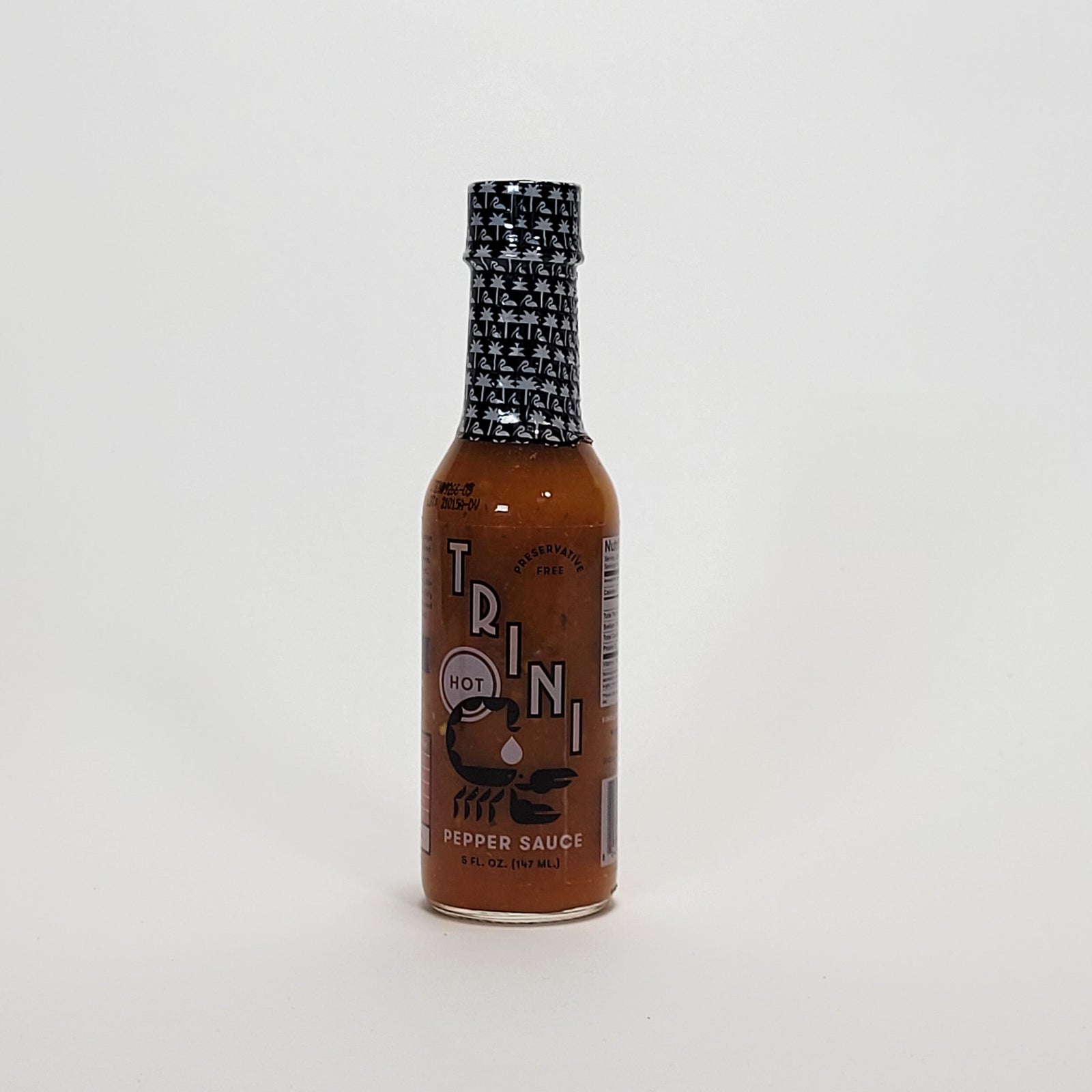
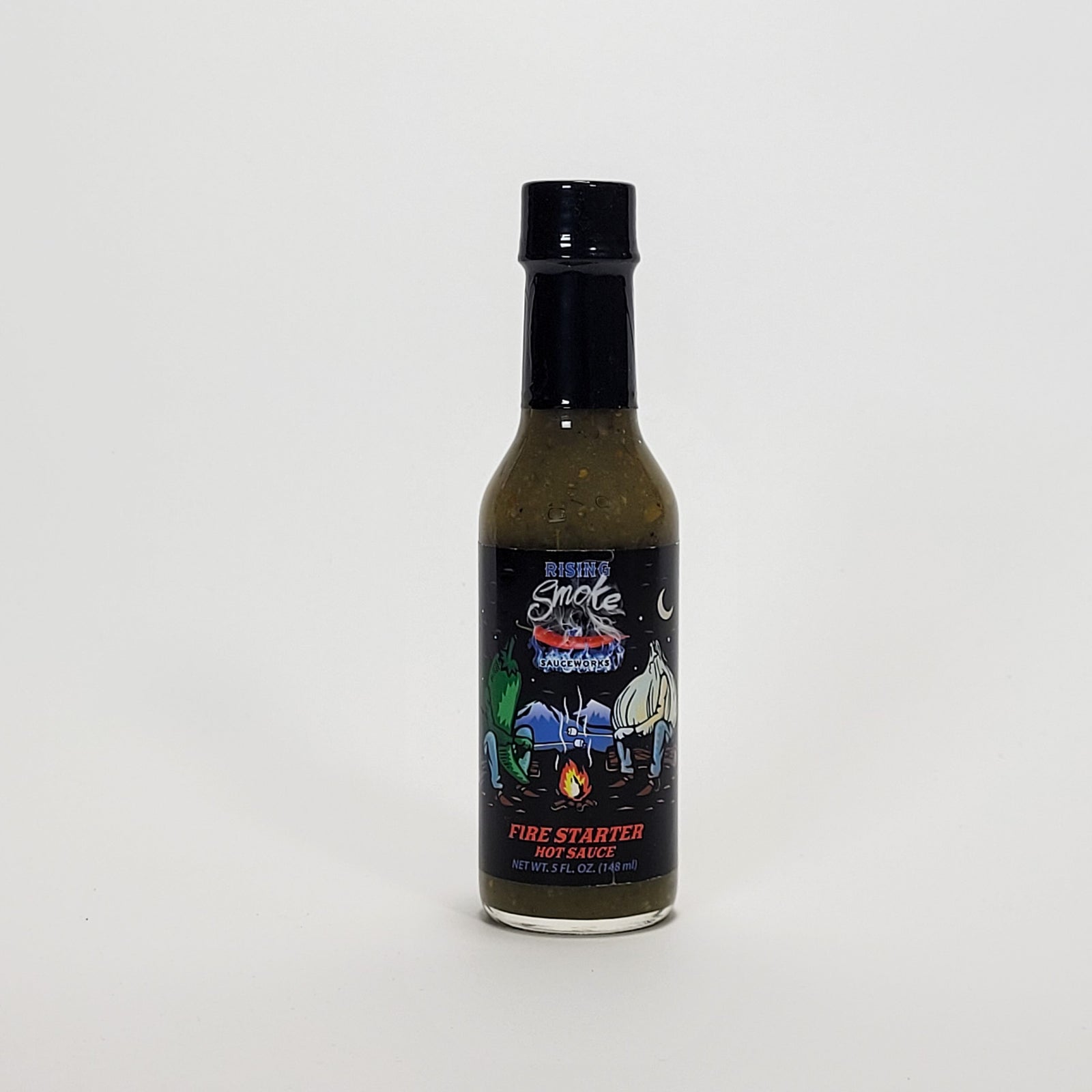
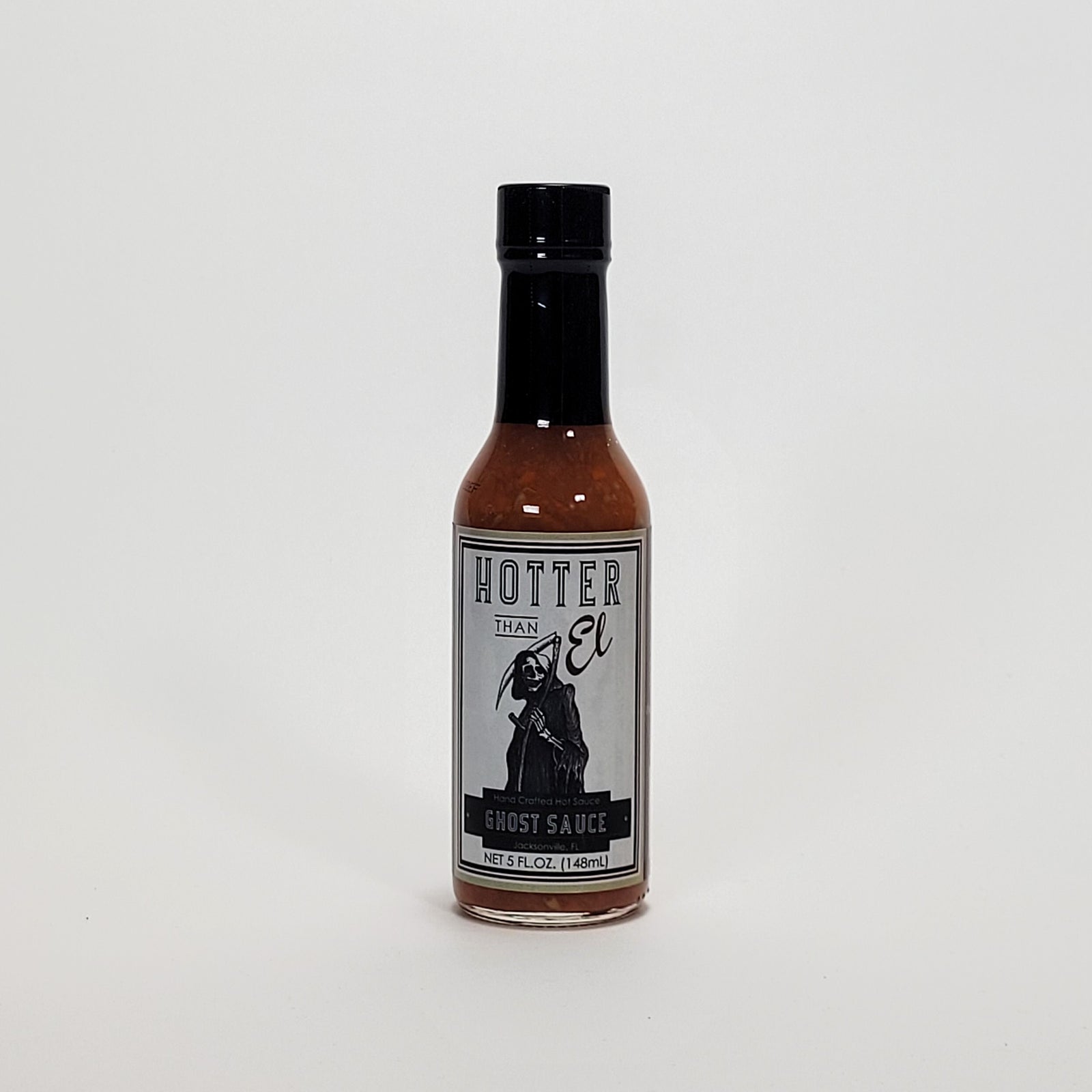
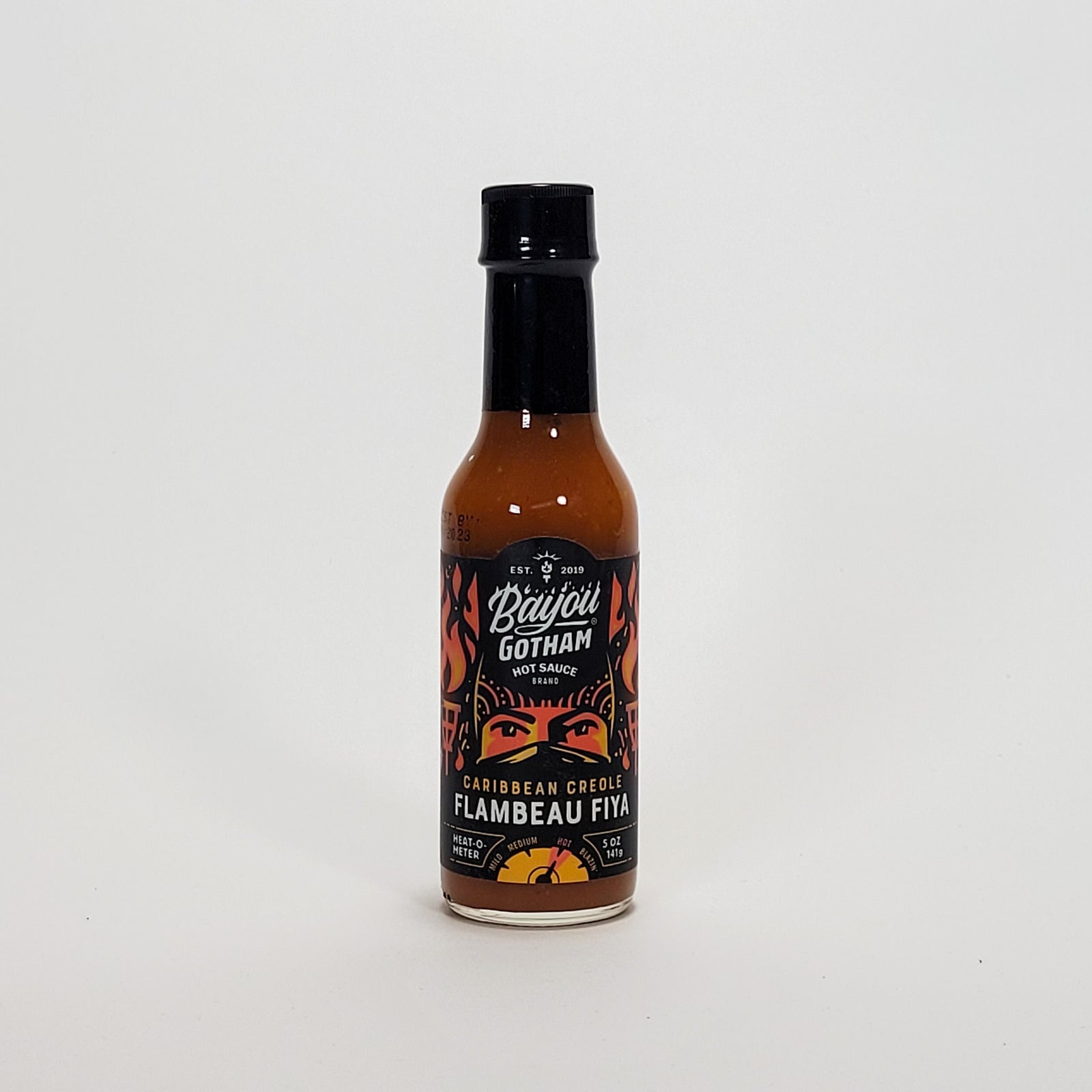
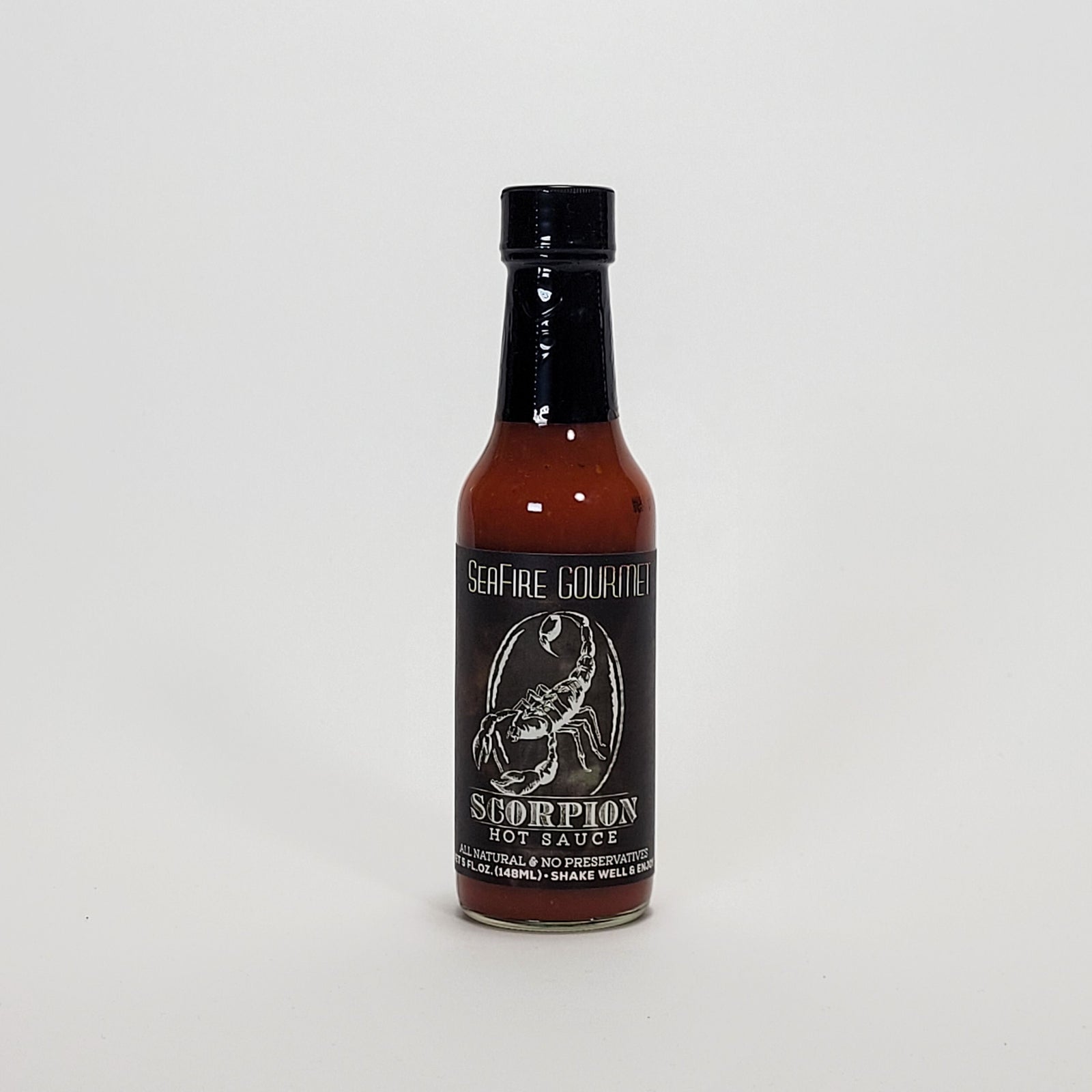
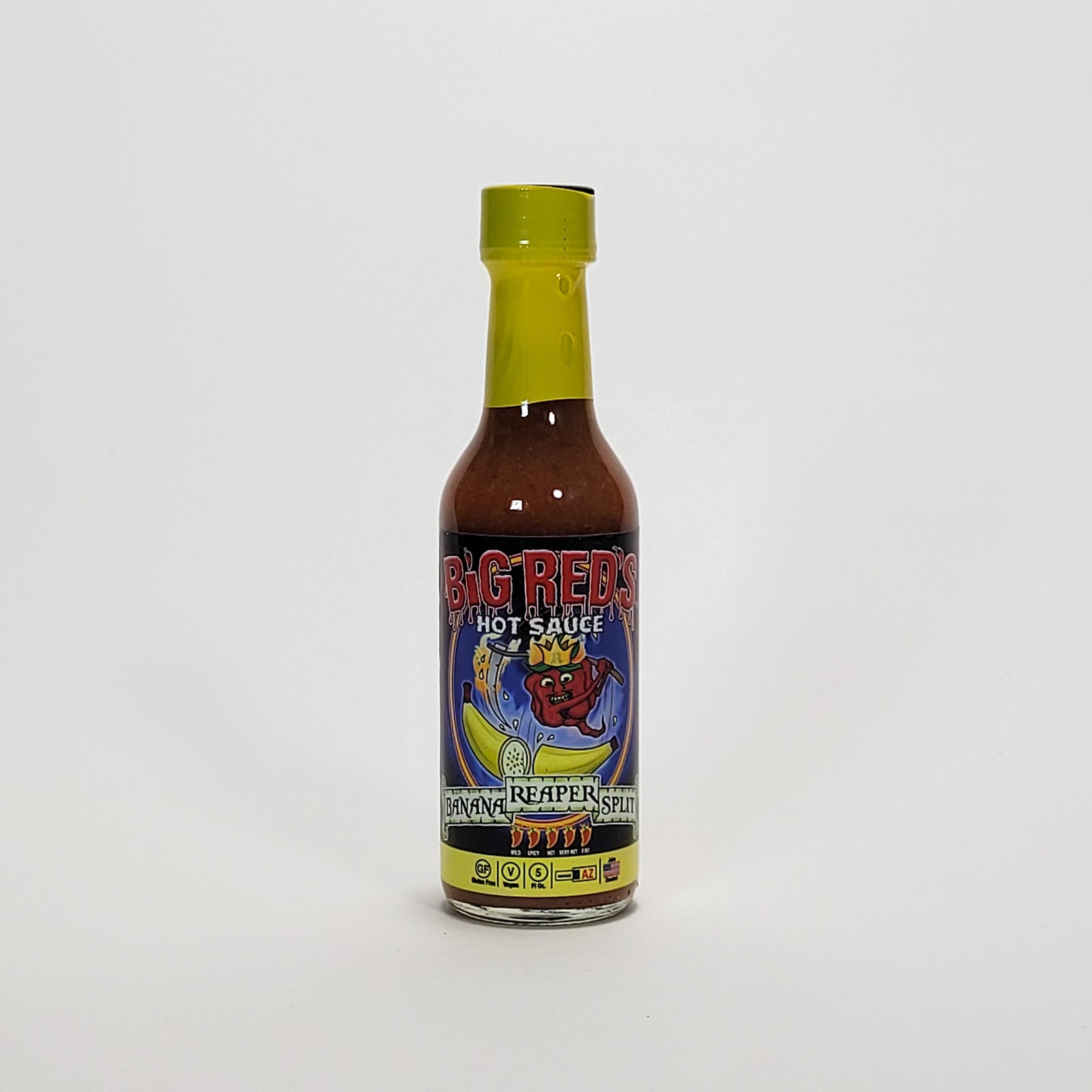
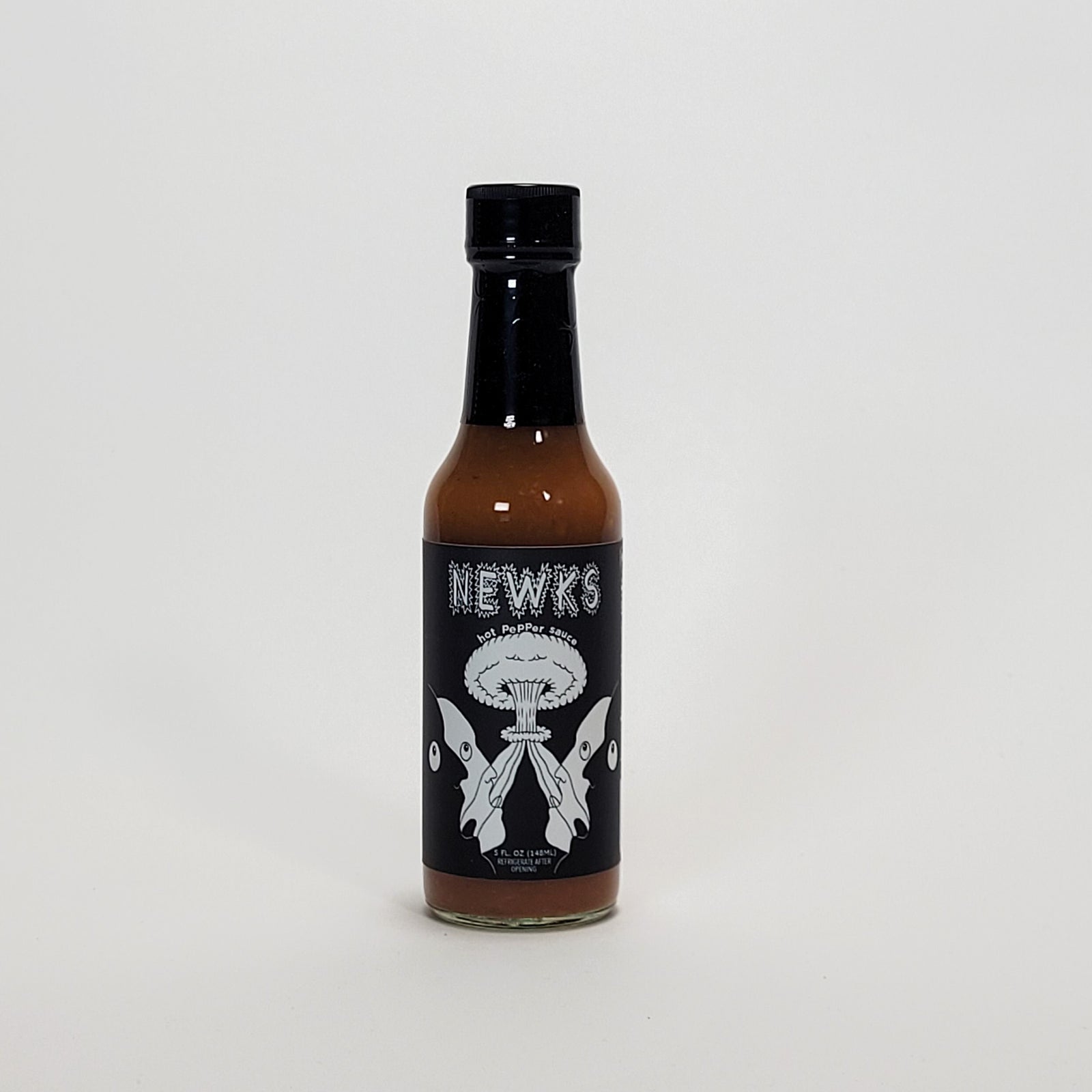
Leave a comment (all fields required)